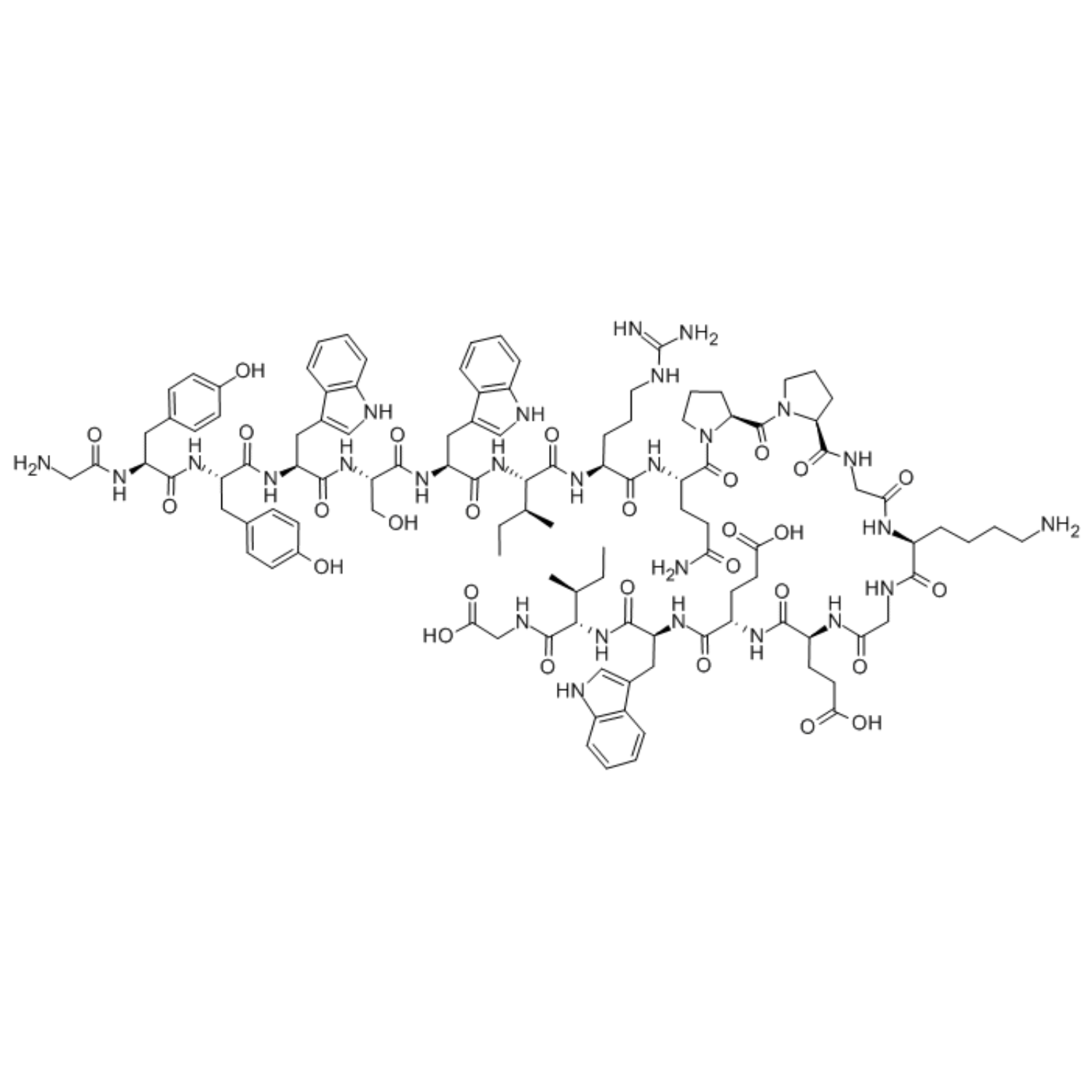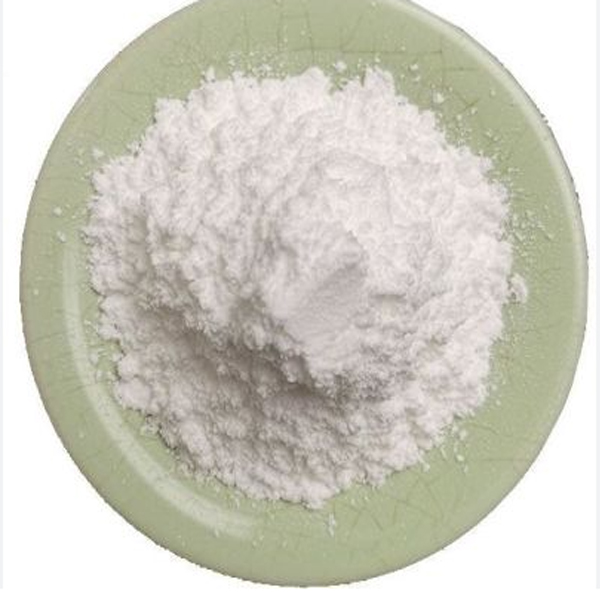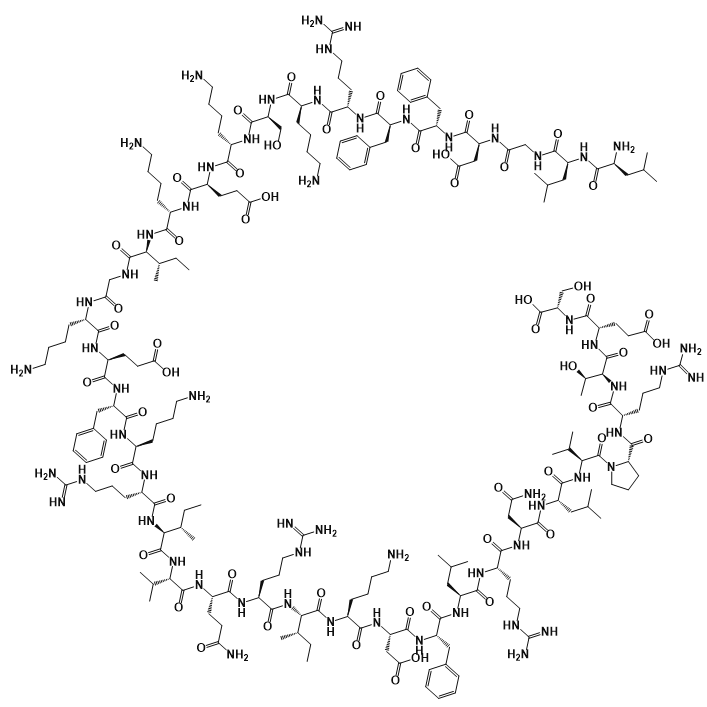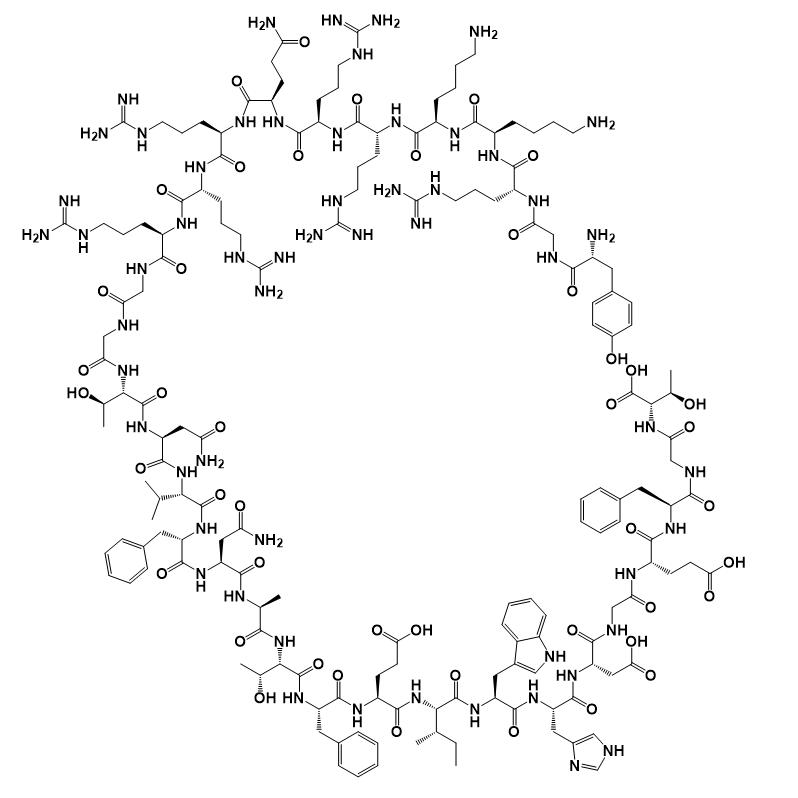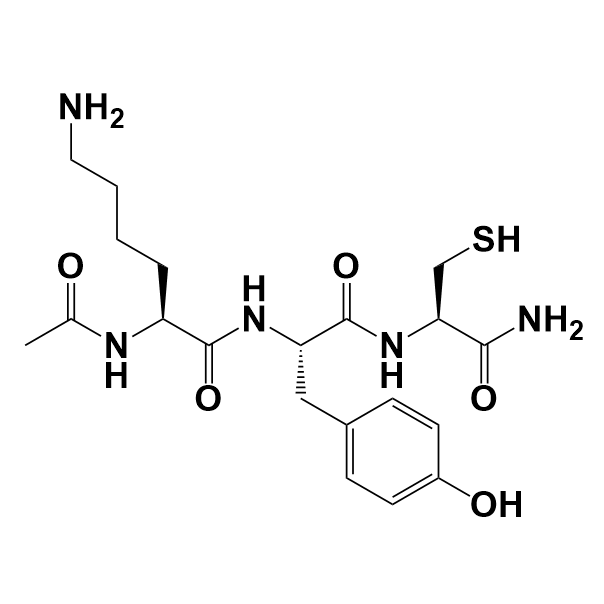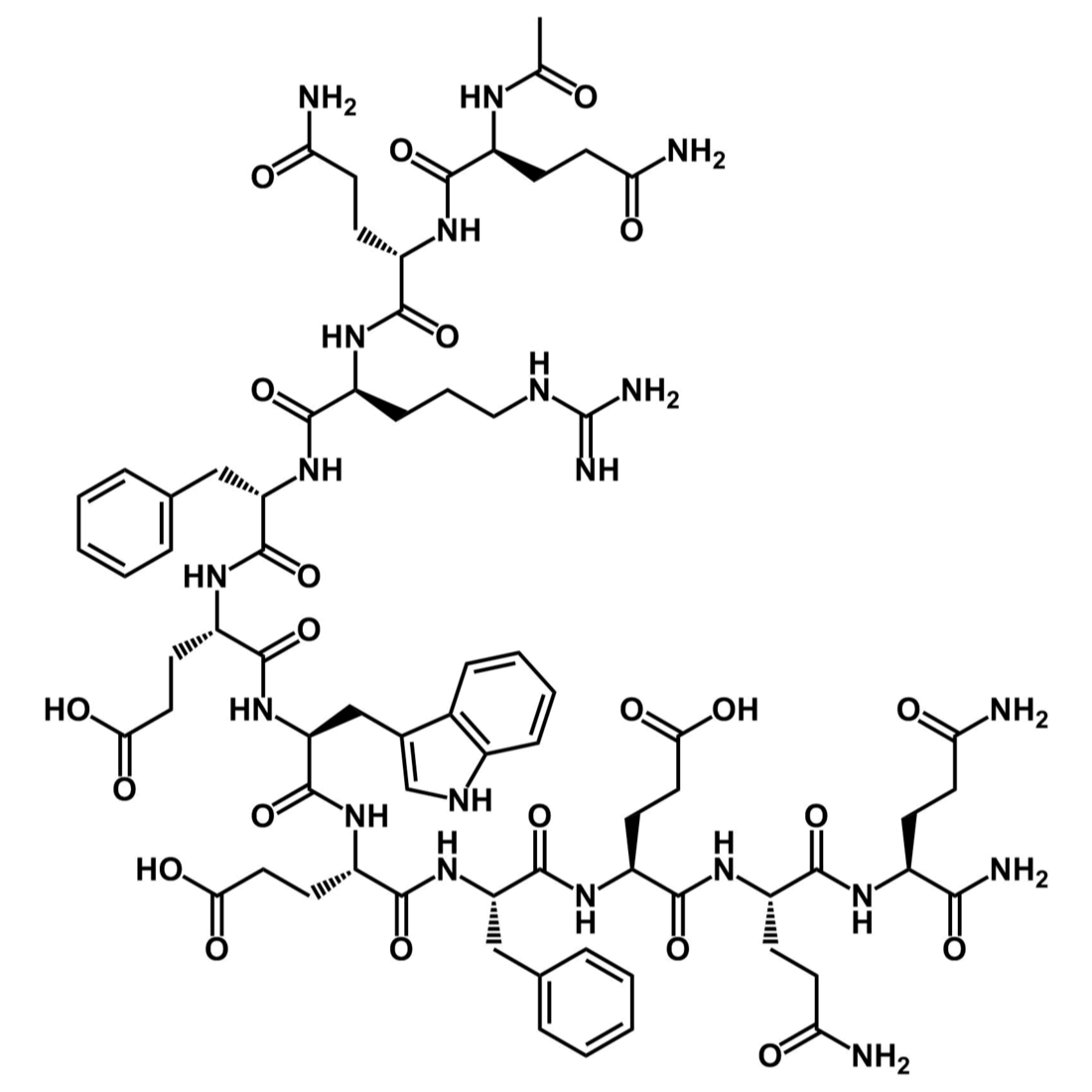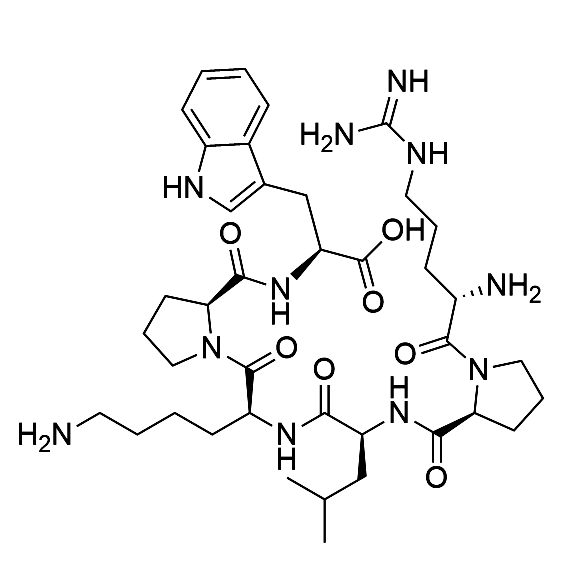Edratide supplier/433922-67-9/Peptide dissolution
Description
Edratide is a synthetic peptide composed of 19 amino acids. Edratide can reduce the rate of cell apoptosis and downregulate caspase-8 and caspase-3, while upregulating Bcl-xL. Edratide has potential for studying systemic lupus erythematosus (SLE).
Specifications
Apperance: White to off-white powder
Purity(HPLC): ≥98.0%
Single Impurity: ≤2.0%
Acetate Content(HPLC): 5.0%~12.0%
Water Content (Karl Fischer): ≤10.0%
Peptide Content: ≥80.0%
Packing and Shipping: Low temperature, vacuum packing, accurate to mg as required.
FAQ:
How do you dissolve polypeptides?
The solubility of polypeptide depends mainly on its primary and secondary structure, the nature of modification label, solvent type and final concentration. If the peptide is insoluble in water, ultrasound can help dissolve it. For basic peptide, it is recommended to dissolve with 10% acetic acid; For acidic peptides, dissolution with 10%NH4HCO3 is recommended. Organic solvents can also be added to insoluble polypeptides. The peptide is dissolved in the least amount of organic solvent (e.g., DMSO, DMF, isopropyl alcohol, methanol, etc.). It is highly recommended that the peptide be dissolved in the organic solvent first and then slowly added to water or other buffer until the desired concentration.
What is net weight? What is peptide content?
After lyophilized peptide is generally fluffy and fluff-like, it may still contain trace amounts of water, adsorbed solvents and salts due to the characteristics of peptide itself. This does not mean that the purity of the peptide is not enough, but that the actual content of the peptide is reduced by 10% to 30%. The net weight of the peptide is the actual weight of the peptide minus the water and protonated ions. In order to ensure the concentration of peptide, the non-peptide substances need to be removed from the crude peptide.
What are the advantages of PEG-modified peptides?
Polyethylene glycol modification is the addition of a polymer (ethylene glycol) to the target molecule by means of covalent bonding. By camouflaging the peptide, the PEG modification fools the host cell's immune system, enhances the therapeutic effect of the peptide, and increases the solubility and bioavailability of the hydrophobic drug. It can also prolong the circulation time of polypeptides by decreasing renal clearance.
I need a cyclic peptide, which contains a tryptophan, will it be oxidized?
The oxidation of tryptophan is a common phenomenon in peptide oxidation, and peptides are usually cyclized before purification. If the oxidation of tryptophan occurs, the retention time of the peptide on the HPLC column will change, and the oxidation can be removed by purification. Furthermore, oxidized peptides can also be detected by MS.
How is my peptide transported? What test reports are provided?
All freeze-dried polypeptides are usually stored in special containers of 2 ml or 10ml with original analytical data and synthesis reports containing important information such as sequence, molecular weight, purity, weight, and number of the polypeptide.

